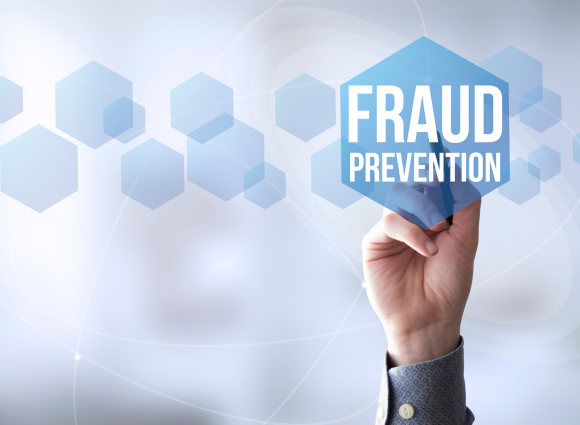
Five Mistakes New Restaurant Owners Make
There are several mistakes new owners make when starting a new restaurant. The following five mistakes are the ones that we see the most often:
- Not having enough start-up capital. Restaurants require a lot of capital. You’ll need capital to lease your building, pay your wait staff, outfit the kitchen, buy furniture, stock the bar, purchase insurance, pay your lawyers, order new technology, advertise your restaurant – you get the picture. You’re not going to make money the first day, and it’s important that you have enough cash to not only fund your business but to weather the early storms you’re guaranteed to face.
- Not selecting the right operating structure. It’s best to begin the selection process by thinking about how you’re going to fund your restaurant. Are you going to fund everything through a personal loan? Do you need money from another investor? You also need to think about who you’d like to have involved in the business. Are you going to have multiple business partners? Who will be the other decision-makers, and how much power do you want them to have? Once you determine your goals, you can select the operating structure that can best help you meet those goals. And keep in mind that the selection of operating entities you have will be heavily influenced by where your restaurant is located. You will be limited to the operating structures available in your state.
- Not getting an accounting system in place before you open. Whether you have an internal accountant or are looking to hire an outside CPA, it’s important you have an accounting software package in place from day one. A good software setup should include an accounting system where you book your debits and credits; a Point of Sale (POS) system where you take orders; and a back-office system for food inventories and planning your menus. If these three systems can be integrated, even better. Together, they can help you track your progress and monitor your expenses, so you can stay on budget.
- Having inadequate staffing. Efficiently staffing your restaurant is easier said than done, and while it may take some experience to get it perfect, you can avoid some of the common mistakes by planning. First, before you make any hiring decisions, select a payroll provider or hire a payroll service. Second, spend the necessary time to hire good-quality staff for both the front and back of house. Turnover can be very expensive; avoid it if you can. Third, estimate the times of day you will be busiest, and know-how to schedule your shifts to cover those peaks. Fourth, take advantage of your payroll reports by looking for patterns of under- and over-staffing. And last, know how often and in what manner you are going to pay your employees. Decide whether direct deposit should be used or if cash payments might be better.
- Opening in the wrong location. You may think that a highly visible location or locations with heavy foot traffic are your best options but remember that those prime locations come at a cost. Know your budget and stick to it. Also, know whether you should be renting or buying. Work with your accountant to see which decision will work best with your available capital and your long-term goals.
If these common restaurant mistakes sound familiar, contact us, to get on track and set up for operational success.



